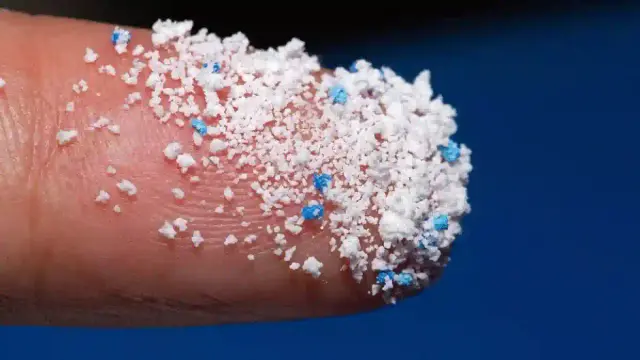Human testicles contain microplastics and nanoplastics at levels three times higher than animal testes and human placentas, a new small study found.
“These plastics are often nano-scale, typically less than half a micron in length and maybe like 20 to 200 nanometers in width,” said toxicologist Matthew Campen, coauthor of the study that published May 15 in the journal Toxicological Sciences.
“They look like little shards, tiny broken bits from very, very old plastics,” said Campen, a regents’ professor of pharmaceutical sciences at the University of New Mexico in Albuquerque.
Such minuscule particles can invade individual cells and tissues in major organs, experts say, interrupting cellular processes and potentially depositing endocrine-disrupting chemicals such as bisphenols, phthalates, flame retardants, per- and polyfluoroalkyl substances, or PFAS, and heavy metals.
Endocrine disruptors interfere with the human reproductive system, leading to genital and reproductive malformations as well as female infertility and a decline in sperm count, according to the Endocrine Society.
In fact, sperm counts in parts of the world, including the United States, have declined by at least 50% over the past 50 years, the society stated on its website.
“This is an eyes wide open situation right now,” Campen said. “We’re just now realizing how much plastic is in our bodies. We need a surge of research around this topic to confirm or deny a role for microplastics in driving infertility, testicular cancer and other cancers.”
Read more at CNN.com




